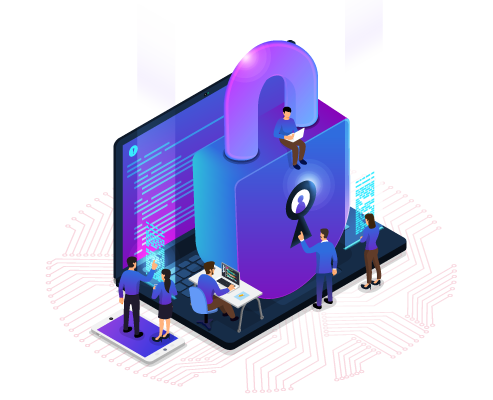End Point & Patch Management
The Transformative story of End Point & Patch Management
Early 2000s to 2010
Traditional IT Management
Manual Patching: Endpoint and patch management were largely manual processesf IT teams manually applied patches, often resulting in inconsistent patch levels across the organization
Basic Automation Tools: Basic automation tools like Windows Server Update Services (WSUS) and System Center Configuration Manager (SCCM) were used to automate some aspects of patch management
Endpoint Security Solutions: Endpoint security solutions began integrating patch management features to help automate and manage patches across multiple endpoints
2020 to Present
AI and Machine Learning
Predictive Patch Management: AI and machine learning algorithms are used to predict vulnerabilities and prioritize patches based on the risk they pose to the organization
Automated Remediation: Automation platforms (efgf, Ivanti, Automox) offer end-to-end automated patch management, from detection to deployment and verification
Integration with DevSecOps: Patch management is now a critical part of DevSecOps pipelines, ensuring that security patches are applied as part of the CI/CD process
Zero Trust Security: Endpoint and patch management strategies have evolved to align with Zero Trust security models, emphasizing continuous verification and least privilege access
Key Trends
There is a shift from reactive to proactive patch management, with an emphasis on early detection and remediation of vulnerabilitiese.
The rise of cloud-native environments has led to the development of specialized patch management solutions tailored for cloud infrastructure.
Improved collaboration between development, operations, and security teams ensures that patch management is integrated into the overall DevOps workflow
Quick Links - Solutions Hub
We at Preflex aim to address the growing complexity of IT environments and the increasing sophistication of cyber threats.




